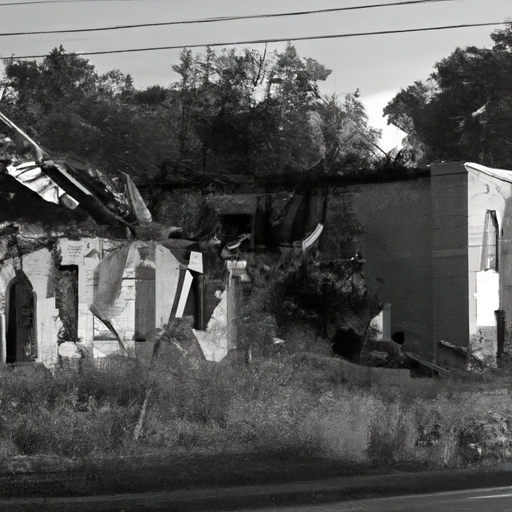The ramifications of the Canadian opioid crisis
Hello to all my readers, today I’m going to shed some light on a devastating issue that is currently causing significant damage to our communities across Canada; the opioid crisis. I’ve been doing some research on a recent incident at the Eabametoong First Nation Reserve that quite shockingly, reveals just how devastating this crisis can be. I cordially invite you all to join me on this journey of discovery, as I share my findings, insights, and thoughts. The original article can be found here.
Effects of the Opioid Crisis
The opioid crisis, which has spiralled out of control in recent years, has widespread effects with destructive impacts on individuals, families, and entire communities. The impacts are multifaceted, influencing every sphere of life, from health and education to crime and homelessness – making the opioid crisis a multidimensional issue, much like the facets of a dark crystal.
An example that poignantly illustrates this is the recent fire at the education centre in Eabametoong First Nation Reserve. Not only did this blaze inflict significant physical damage, but the circumstances surrounding the incident speak volumes about the tragedies that the opioid crisis can lead to.
Key Points from the Article
- The overnight fire caused a lot of damage to the education centre at the Eabametoong First Nation Reserve.
- No lives were lost, thank goodness, but the cause of the fire has been identified as a target for robbery by local drug addicts craving opioids.
- The opioid crisis is rife in the Eabametoong First Nation community, with many members actively struggling with addiction. The resultant crimes stem from a place of desperation caused by the addictive power of opioids.
- Frustratingly, the number of opioid related criminal activities and incidents continue to rise, mirroring the nationwide trend. Homelessness and addiction walk hand in hand, casting an ominous shadow over the community.
Combatting the Crisis
Efforts to combat the opioid crisis are ongoing, but the progress is slow and often not sufficient to counteract the magnitude of the problem. The Canadian government attempted to respond through the mechanism of opioid class actions — lawsuits against pharmaceutical companies for their role in exacerbating the crisis. However, these efforts are a long journey with no immediate healing.
Naloxone, a drug that can reverse an opioid overdose, is another tool in fighting the crisis. While distribution of Naloxone kits has increased, it merely serves as a temporary measure in an attempt to save lives in the nick of time. Nevertheless, it doesn’t resolve the root cause, which is the dependency on opioids themselves. These efforts, although vital, are not enough.
Final Thoughts
You don’t realize the scale of the opioid crisis until you hear heartbreaking stories like that of the Eabametoong First Nation. The crisis cuts deep into the social fabric— the spheres of education, homelessness, and crime being a case in point. The fact that the education centre was targeted is a manifestation of the desperation that an opioid addict experiences; a microcosm of the wider problem plaguing our nation.
The government’s efforts are commendably a step in the right direction, but there is yet an onerous journey to undertake to reach a decisive resolution. We need more in-depth focus on preventive measures, recovery facilities, mental health resources, and community development projects to holistically address and hopefully resolve this crisis.
In conclusion, the opioid crisis is a stark reminder of the effects that addiction can have on individuals and society. Any solution requires a multifaceted approach requiring collaboration from all stakeholders. To tackle this opioid crisis, we have to pull together as a nation – remember, if we want to travel fast, we go alone. If we want to travel far, we go together.


